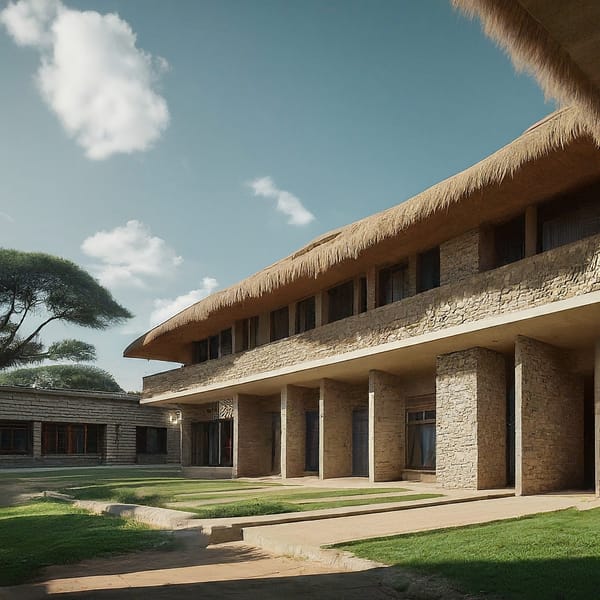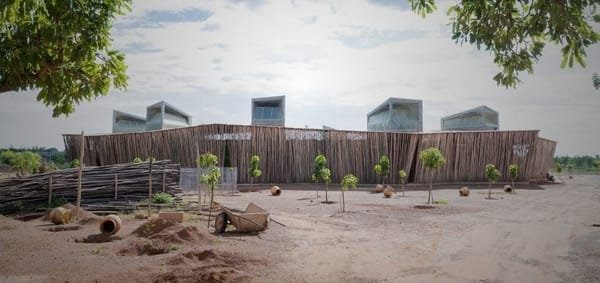Standing tall amidst the bustling streets of Addis Ababa is the St. George (Sourp Kevork) Armenian Apostolic Holy Orthodox Church, a silent sentinel whispering tales of a bygone era. Its imposing grey stone facade, weathered yet dignified, speaks of a small community that once thrived in Ethiopia, leaving behind a legacy etched not just in history books, but in the very mortar and brick of this architectural marvel.
According to the book, “Old tracks In the New Flower, a historical guide Addis Ababa”, by Authors Milena Batistoni & Gian Paolo Chiari, the Archbishop Asanian came from the Constantinople (the present Istanbul) in person in 1928 to set the first stone of this church, the construction of which was funded by the Armenian Mouradian in memory of his father, George. Built using traditional Armenian craftsmanship, the church stands as a fusion of styles. The grey stones, likely quarried locally, evoke the ancient Armenian monasteries carved into mountainsides. Yet, the round arches and overall structure hint at Byzantine influences, a nod to the shared Orthodox heritage. One can only imagine the rhythmic clang of hammers chiseling the stone would have mingled with the murmurs of prayers offered for a successful completion. This wasn't just the building of a church; it was the forging of a permanent space for the Armenian community to gather, pray, and celebrate their heritage in a foreign land, yet one that had embraced them. Before its construction, Armenians traditionally often made use of the Ethiopian Orthodox churches for their weddings and funerals.
The intricate details within the church further solidify this connection. Look closely at the carvings - perhaps you'll find hidden symbols or Armenian script, a subtle message woven into the very fabric of the building. Step inside and imagine the vibrant tapestries adorning the walls, most likely depicting scenes from Armenian history or religious stories. These were not mere decorations; they served as a constant reminder of their homeland, a visual thread connecting them to their roots across continents.
Sadly, the Armenian community in Ethiopia has dwindled over the years. Yet, St. George Church stands strong, a silent guardian of their memories. Today, it serves not only the remaining Armenian community but also as a bridge between cultures, a place where Ethiopians and others can learn about Armenian heritage and the enduring bond between the two communities.
So, the next time you find yourself near this architectural wonder, remember that St. George Church is more than just stone and mortar. It's a testament to the enduring spirit of a community, a place where faith and cultural heritage were cemented together, leaving behind a legacy that continues to inspire and educate.
More reading can be done about the history of Armenians in Ethiopia here. - - https://armeniapedia.org/wiki/Ethiopia
https://www.bbc.com/news/world-africa-51672965
https://en.wikipedia.org/wiki/Armenians_in_Ethiopia
https://addisabram.wordpress.com/tag/the-armenian-orthodox-church/
https://su.diva-portal.org/smash/get/diva2:1416660/FULLTEXT01.pdf







Member discussion